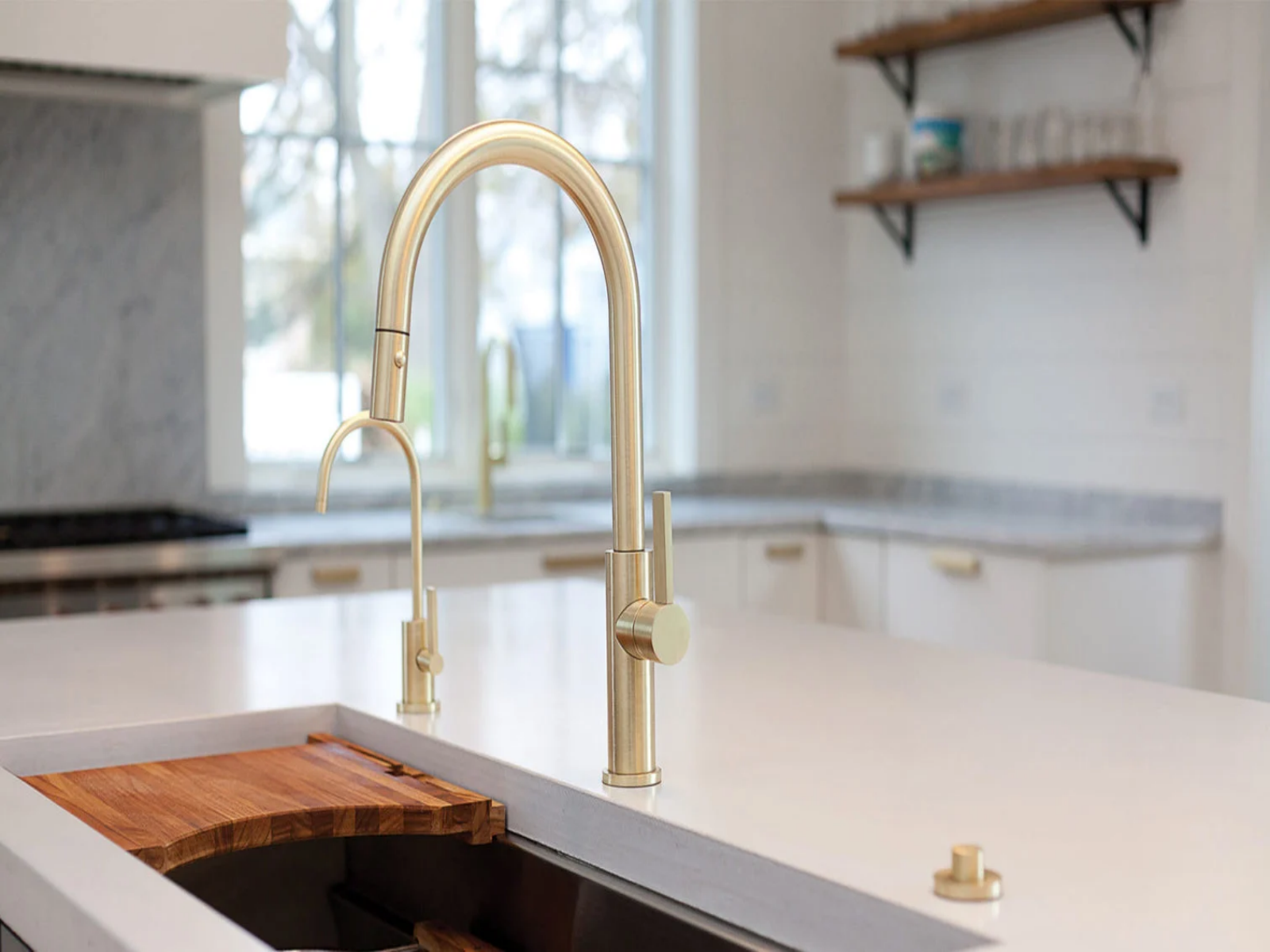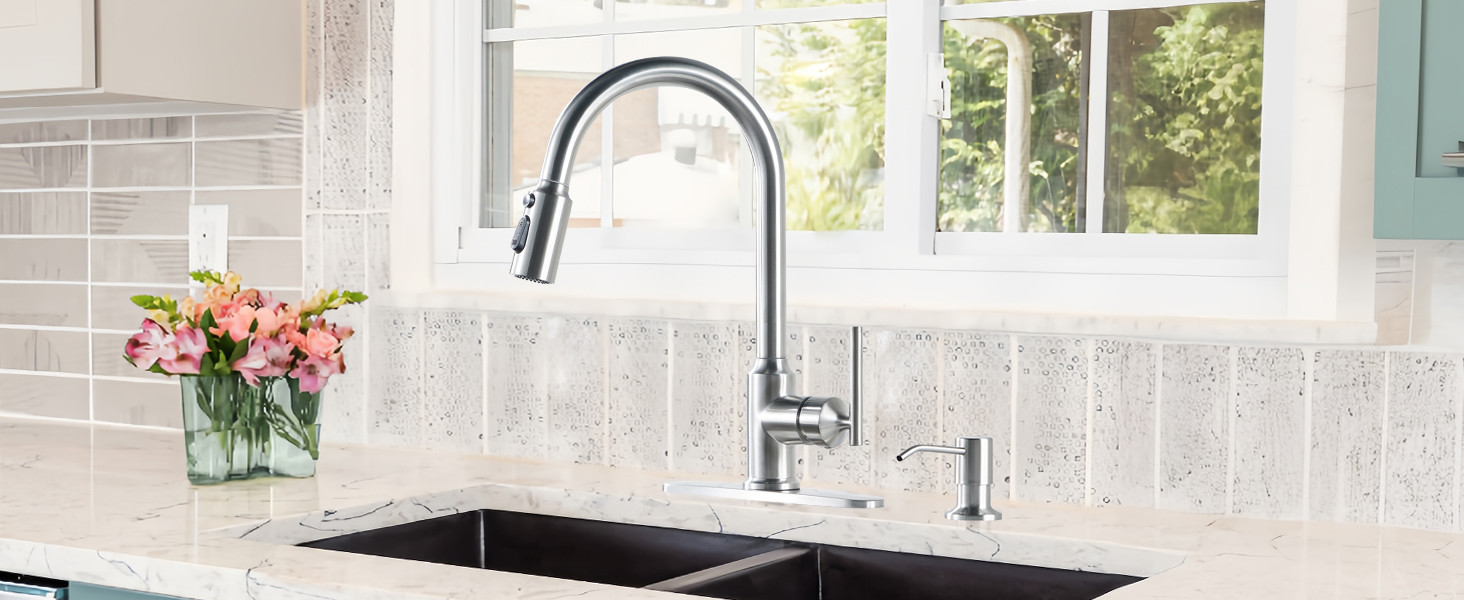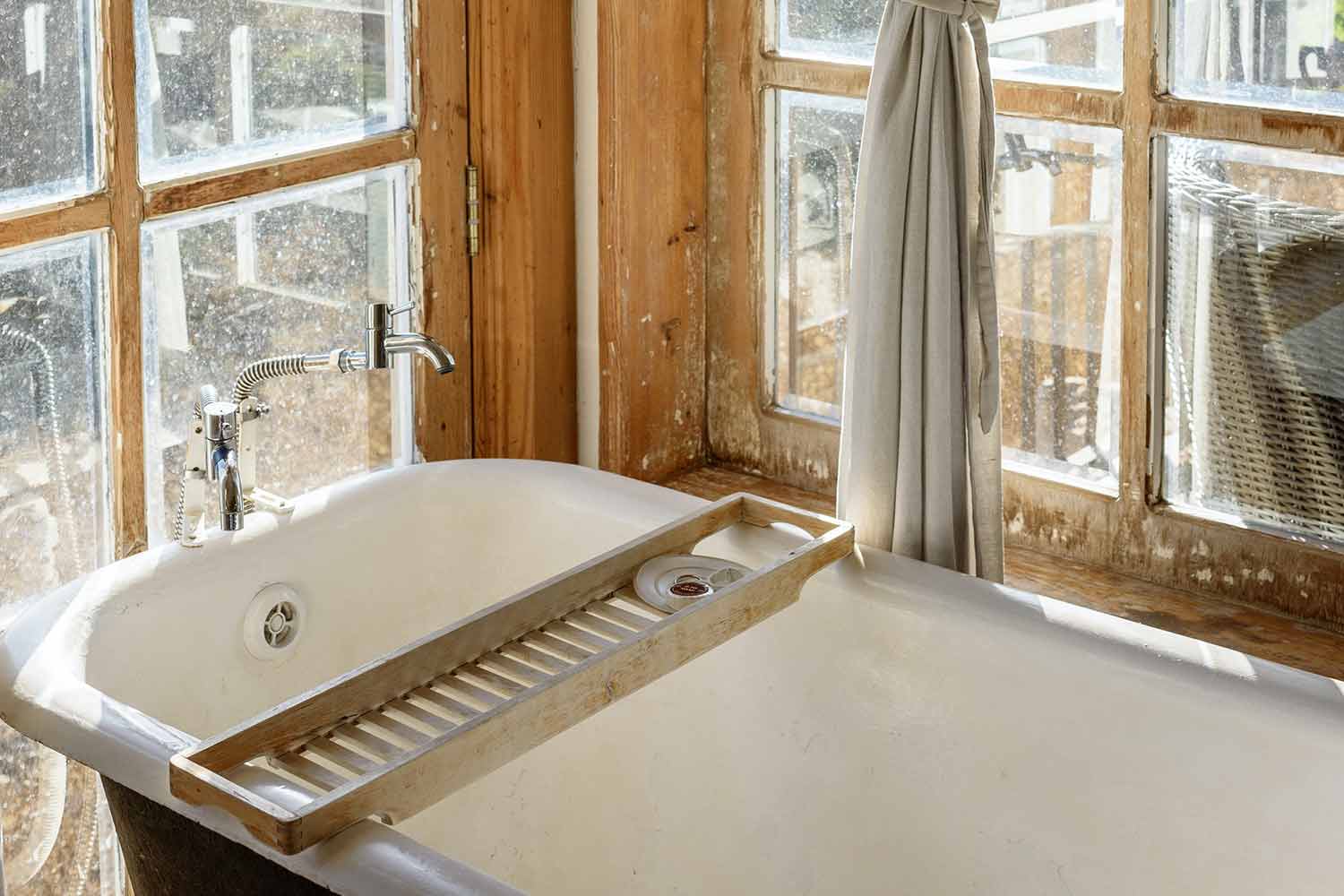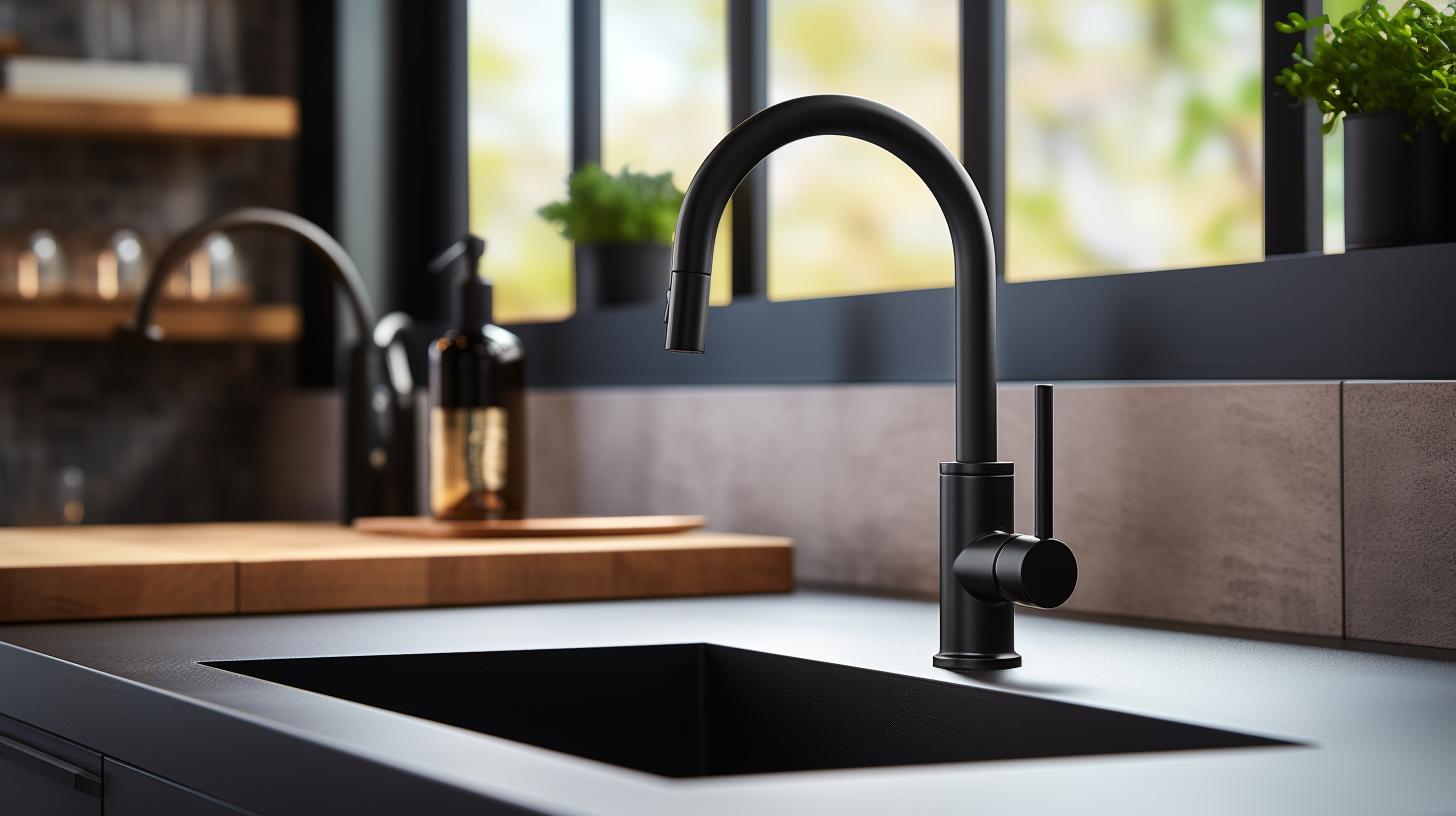In the parched lands of California, where water scarcity is a pressing concern, an intriguing phenomenon has caught the attention of many homeowners and aspiring DIY enthusiasts alike: the absence of certain types of faucets in the market. It seems counterintuitive that in a state where water conservation is paramount, some faucets are not readily available. In this article, we delve into the reasons behind this restriction, explore the water conservation measures in place, and shed light on how Californians can still find suitable alternatives.
Water Conservation Measures in California:
- The California Energy Commission’s Appliance Efficiency Standards: One key reason for the unavailability of certain faucets in California lies in the stringent regulations set forth by the California Energy Commission (CEC). The CEC’s Appliance Efficiency Standards aim to reduce water consumption and energy usage by enforcing efficiency requirements on household appliances, including faucets. These standards ensure that faucets sold in California meet specific flow rate limitations to minimize water wastage.
- WaterSense Certification: Another crucial aspect impacting faucet availability is the WaterSense program. This voluntary initiative, led by the U.S. Environmental Protection Agency (EPA), promotes water-efficient products and helps consumers make informed choices. Faucets bearing the WaterSense label meet the strict criteria for water efficiency and performance, contributing to water conservation efforts. However, not all faucets on the market carry this certification, which limits the choices available in California.
- Local Water Conservation Regulations: In addition to statewide measures, some local jurisdictions in California have implemented their own water conservation regulations. These regulations may impose even stricter requirements on faucets and plumbing fixtures, ensuring they adhere to specific flow rates and efficiency standards. As a result, manufacturers may limit the distribution of certain faucet models to comply with these local regulations.

Exploring the Restricted Faucet Options:
- Low-Flow Faucets: As part of the water conservation efforts, low-flow faucets have become a popular option in California. These faucets are designed to reduce water flow without compromising performance, using aerators and other technology to limit the amount of water used. By selecting a low-flow faucet, Californians can help conserve water and comply with the regulations.
- Water-Efficient Alternatives: While some faucet designs may not be available, homeowners still have access to a wide range of water-efficient alternatives. Faucets with sensor technology, hands-free operation, and adjustable flow settings are readily available in the market. These innovative options provide users with control over water consumption and add convenience to their daily routines.
- Retrofitting Existing Faucets: Californians who wish to keep their current faucets can explore retrofitting options. Retrofit kits, available in hardware stores, can be easily installed to modify existing faucets, reducing water usage without replacing the entire fixture. This cost-effective solution allows homeowners to contribute to water conservation efforts while maintaining the aesthetics of their bathroom or kitchen.
- Seeking Professional Advice: Understanding the complexities of water conservation regulations and faucet options can be overwhelming. Consulting a professional plumber can provide valuable insights into faucet alternatives that meet the specific requirements of individual households. Plumbers are well-versed in local regulations and can guide homeowners towards suitable choices that balance aesthetics, functionality, and water conservation.
- Embracing Water-Smart Practices: Beyond faucet selection, adopting water-smart practices is crucial for Californians. Conserving water in everyday activities, such as fixing leaks promptly, using water-saving appliances, and practicing mindful water usage, contributes significantly to water conservation efforts. By making small changes in habits, Californians can make a big impact on water sustainability.
- The unavailability of certain faucets in California stems from the state’s robust water conservation measures, aimed at mitigating water scarcity. While this may limit the choices for consumers, the market still offers a plethora of water-efficient alternatives and retrofitting options. By embracing water-smart practices and consulting professionals, Californians can make informed decisions that align with their individual needs while playing their part in conserving this precious resource.
FAQs:
- Can I still find stylish faucets in California?
- Are low-flow faucets less efficient than traditional ones?
- Do all faucets with the WaterSense label meet the same efficiency standards?
- Can I replace my faucet without professional help?
- Are there any tax incentives for installing water-efficient faucets in California?







